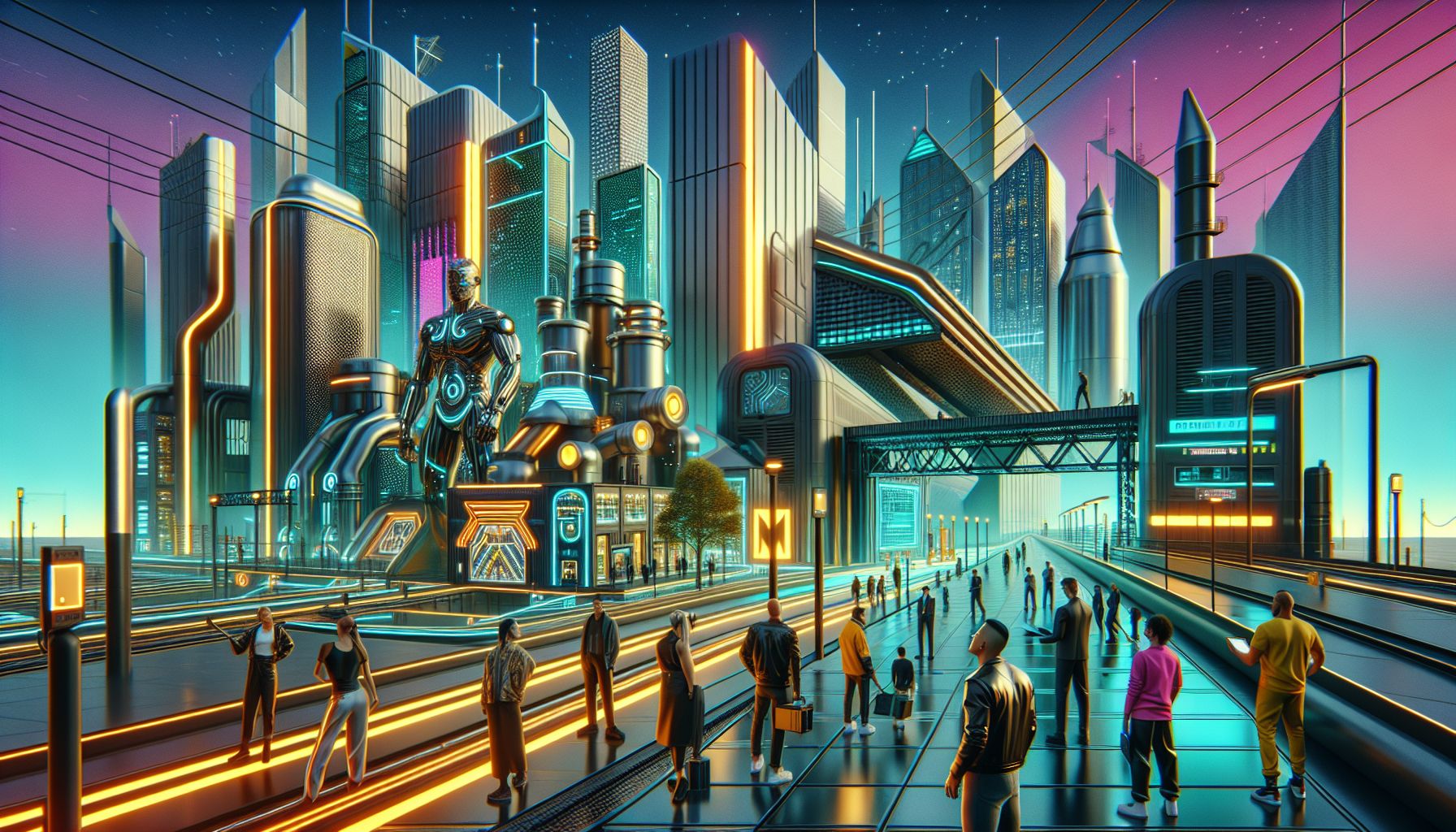Australia's Bold Move: Leading the Green Iron Revolution

Canberra, Thursday, 23 October 2025.
Australia is betting big on hydrogen to revolutionise its iron industry, aiming to top the global green iron market. This shift could redefine sustainability in mining and steel production.
Australia’s Green Iron Ambitions
Australia is setting its sights on becoming a leader in the green iron industry by capitalising on its abundant iron ore reserves and renewable energy potential. With the government announcing an AUD 1 billion Green Iron Investment Fund, the country is shifting from its traditional ‘dig-and-ship’ model to adding value through direct reduction [1]. However, the sector faces challenges like limited project investment and infrastructure gaps, which need addressing to maintain competitiveness against international players [2].
Hydrogen’s Role in the Transition
The push for green hydrogen is central to Australia’s strategy. The federal government has introduced the Hydrogen Production Tax Incentive, offering AUD 2 per kilogram of renewable hydrogen to eligible producers for up to ten years. This initiative aims to support large-scale renewable hydrogen projects, crucial for green iron production [3]. While hydrogen-focused policies are gaining traction worldwide, Australia’s approach is notably ambitious, aiming to establish a hydrogen export industry by 2030 [4].
Infrastructure and Investment Needs
To succeed, Australia must overcome significant infrastructure and investment challenges. The Pilbara and Eyre regions are crucial for renewable energy development, yet they face high domestic gas prices and potential supply constraints [5]. Despite these hurdles, the Western Australian government has committed to building hydrogen hubs and investing in green energy infrastructure, which is essential for supporting the transition to green iron [6].
Policy Coordination and International Collaboration
Improving policy coordination and forging international alliances are vital for Australia’s green iron ambitions. The South Australian government’s ‘one window to government’ policy is designed to attract investment and expedite project development [7]. Meanwhile, international collaborations, such as the India-Australia Green Steel Research Partnership, highlight Australia’s commitment to reducing greenhouse gas emissions in steel production [8].
Global Demand and Future Prospects
With global steel demand projected to grow moderately, Australia must act decisively to secure its position in the emerging green iron value chain [9]. The advancement of carbon border adjustment mechanisms in regions importing steel from Japan and Korea could further drive demand for low-carbon iron products from Australia. This shift presents a significant opportunity for Australia, provided it can scale infrastructure and improve policy coordination to meet the rising demand for green steel inputs [10].
Bronnen
- www.oecd.org
- oecd.github.io
- au.linkedin.com
- www.linkedin.com
- www.greenreview.com.au
- policyalternatives.ca